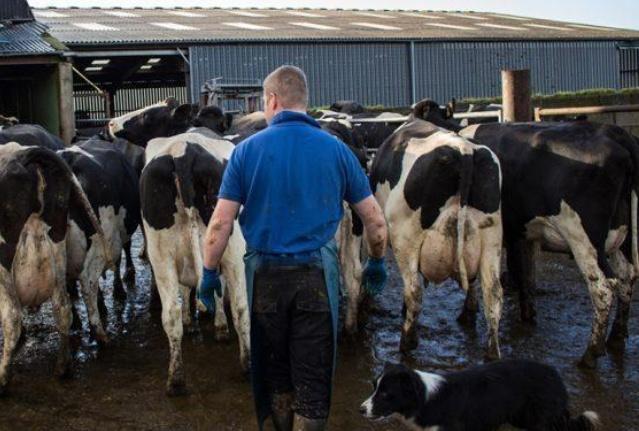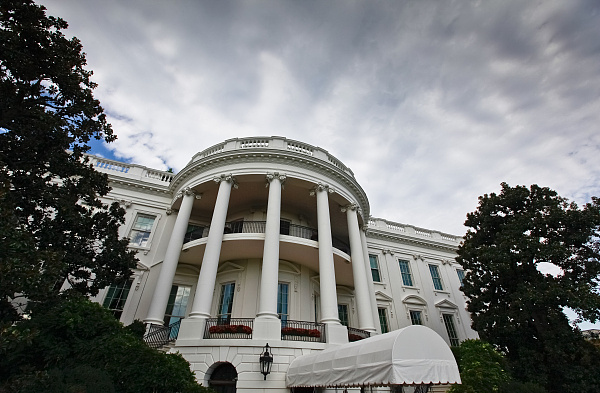
In today's agricultural market, emerging data analysis is gradually revealing some of the potential economic value of traditional animal husbandry, especially the market impact of beef and dairy hybrid breeds. A press release from CoBank notes that new data from the U.S. Department of Agriculture's Agricultural Marketing Service is beginning to quantify the role of beef-cow hybrids in the beef supply chain. Although the scope of current data collection is limited, the trends revealed suggest that this hybrid cattle is increasing cattle prices for producers and providing additional value to feedlots and processors.
First, we must understand the concept of "beef on a cow." Against the backdrop of shrinking beef herds in the United States, a growing number of dairy producers are taking advantage of beef genetics to introduce beef genes into cow breeding programs through cross-breeding. The practice, while not innovative, has grown in importance in recent years as beef supplies have tightened. The USDA began tracking beef cows sold at public auctions in 2024, a move that allowed data that used to be difficult to quantify to emerge.
According to analysis in a new CoBank Knowledge Exchange report, slaughter auction prices for beef cows are slightly higher than beef cattle and significantly higher than conventional cows. This price difference reflects the market recognition and demand for this hybrid. However, commercial success is not a given, and we need an in-depth analysis of the reasons behind this price advantage and its sustainability.
One factor not to be ignored is strong consumer demand for beef. U.S. beef stocks have fallen to historic lows due to a prolonged drought and poor grazing conditions, while consumer demand has continued to grow, leading to rising beef prices. In this context, the strategy of dairy producers to generate higher prices and additional revenue streams by producing more cow calves for sale to the beef market seems reasonable. The long-term impact of this strategy, however, is debatable.
First, from the perspective of market supply and demand, when a large number of dairy producers flood the beef market, they may increase competition in the beef market, thus squeezing profit margins. Although the price advantage may be significant in the short term, in the long term, as more producers join, the market may become saturated and the price advantage gradually disappears. In addition, if dairy producers are overly dependent on the beef market, they may be exposed to greater market risks and uncertainties once market demand changes or supply increases.
Second, from a production efficiency and cost point of view, the production of beef-cow hybrids is not without challenges. While the data shows that beef cows maintain the largest percentage of their value, this does not mean that their production costs are also relatively low. In fact, the production of hybrid varieties may require higher feeding costs and technical requirements. For example, to maintain beef quality, more refined feed formulation and feeding management may be required. In addition, hybrids may also require more medical and health care inputs to ensure their healthy growth. These factors can increase production costs and thus squeeze profit margins.
Furthermore, we need to pay attention to the effect of crossbreeds on beef quality. While the CoBank report notes a significant shift in U.S. beef quality over the past decade, it does not directly address the contribution of hybrid breeds to this. However, from common sense, we can surmise that the hybrid breeds may have some effect on the quality of beef. On the one hand, by introducing beef genetics, hybrid breeds may have better meat quality and taste; On the other hand, if the breeding management is not proper, the quality of hybrid varieties may also decline. Therefore, while pursuing price advantage, dairy producers must ensure product quality to maintain consumer trust and brand image.
In addition, we need to consider the impact of policies on markets. As the U.S. government continues to strengthen its oversight of agricultural markets, more policies for beef and dairy markets are likely to be introduced in the future. These policies may have a direct or indirect impact on the production and marketing of hybrid breeds. For example, if the government restricts beef imports or raises tariffs, this may stimulate domestic producers to increase production, thus increasing market competition; If the government encourages sustainable development or environmentally friendly production in the livestock sector, this may increase production costs and pose a challenge to the production efficiency of hybrid breeds.
In summary, from a commercial perspective, the market value of beef-cow hybrids, while significant, is not without risks and challenges. While pursuing price advantages and additional sources of income, dairy producers must fully consider market supply and demand, production efficiency and cost, product quality and the impact of policies on the market. Only in this way can they remain invincible in the fierce market competition.
Of course, we cannot ignore the potential contribution of hybrid breeds to the overall development of animal husbandry. By introducing beef genetics, dairy producers can produce more market-competitive products, thus promoting technological innovation and industrial upgrading in animal husbandry. At the same time, the production of hybrid varieties may also provide more employment opportunities and income sources for rural economic development. However, the realization of these potential contributions needs to be based on adequate market analysis and risk assessment.
Finally, we must delve into the economic logic and business model behind the phenomenon to fully assess its commercial value and sustainability. Only in this way can we provide useful guidance and suggestions for the development of animal husbandry. In the future market competition, those dairy producers who can accurately grasp market trends, effectively control production costs, ensure product quality and flexibly respond to policy changes will be more likely to succeed.

Below is the English translation of the text, with precise handling of political terms, consistent sentence structures, and preservation of the original’s analytical tone and logical flow:
Below is the English translation of the text, with precise …
On December 15 local time, Trump took the British Broadcast…
In recent years, the application of artificial intelligence…
According to Yahoo US media reports, the recent remarks of …
After 11 years of waiting in the deep sea, we finally have …
On December 17, 2025, the newly renovated American "Preside…